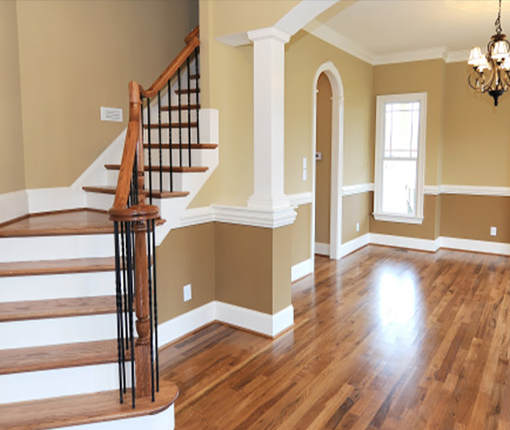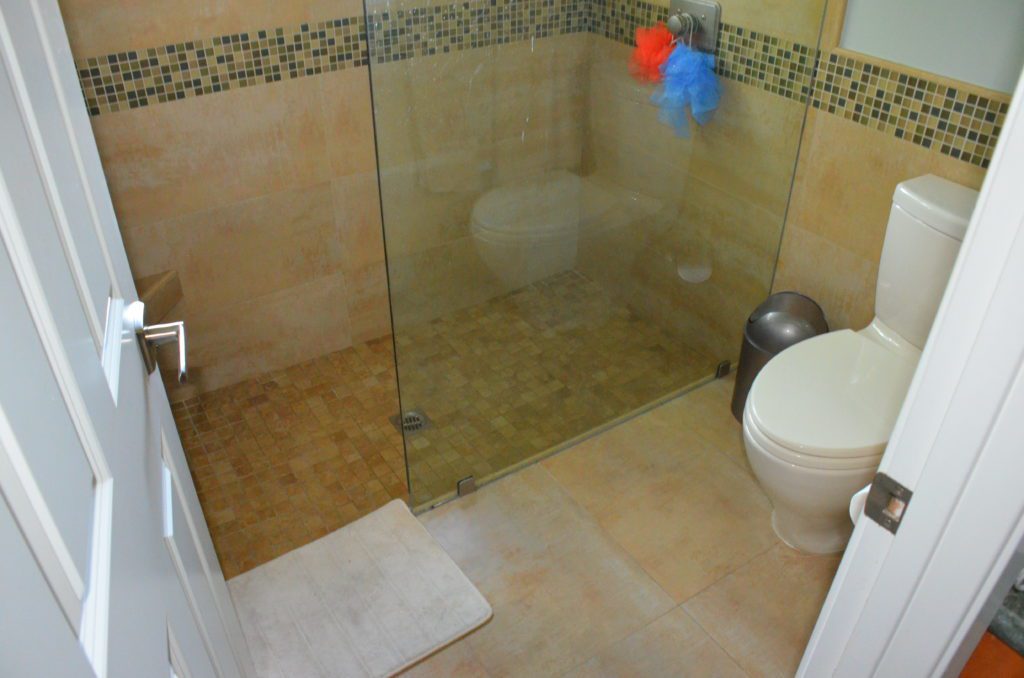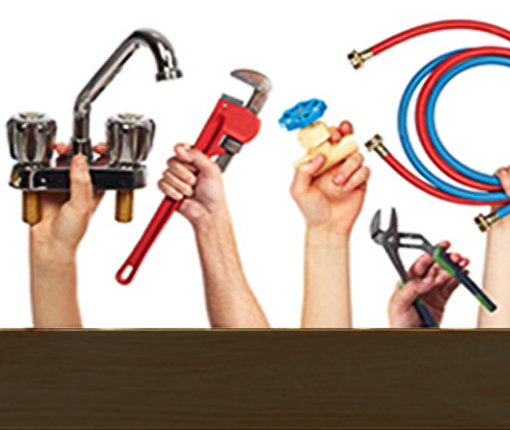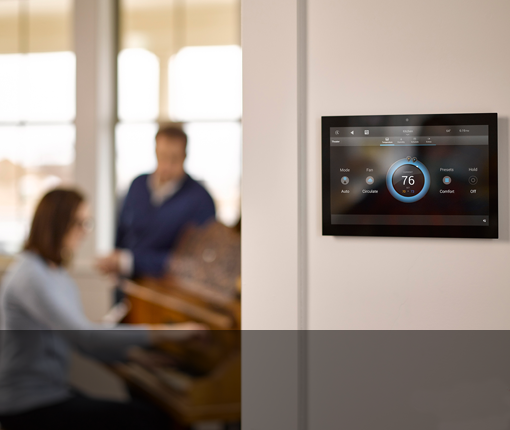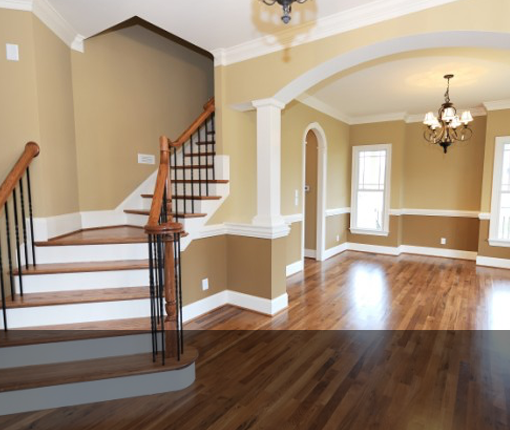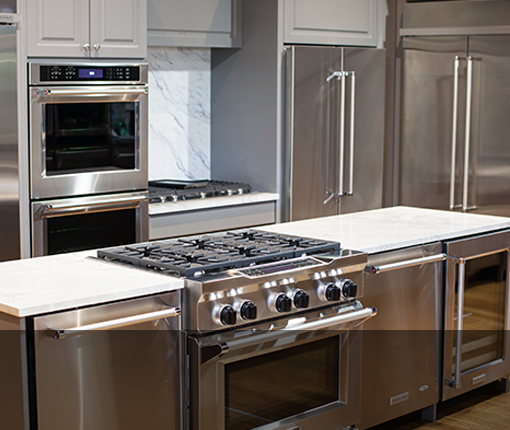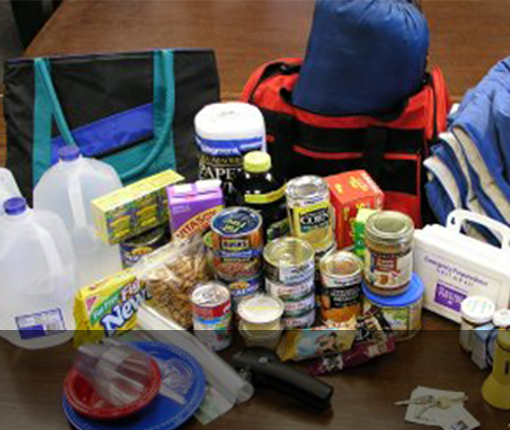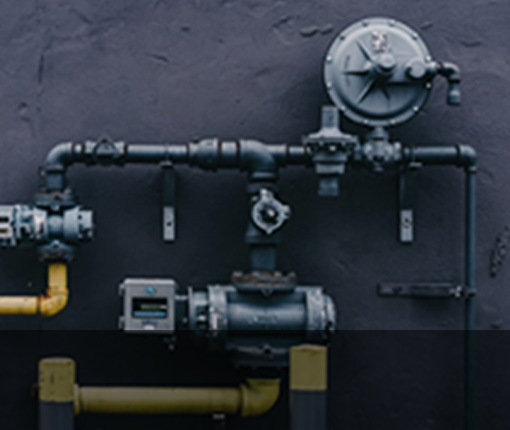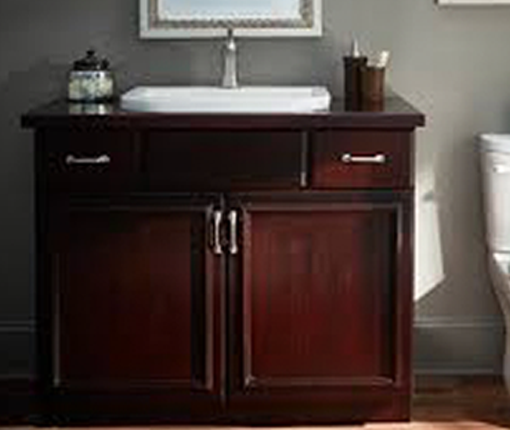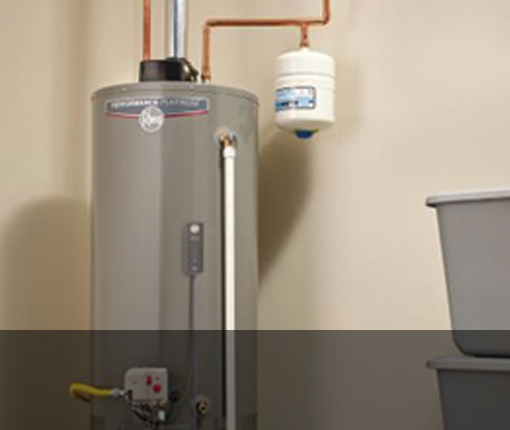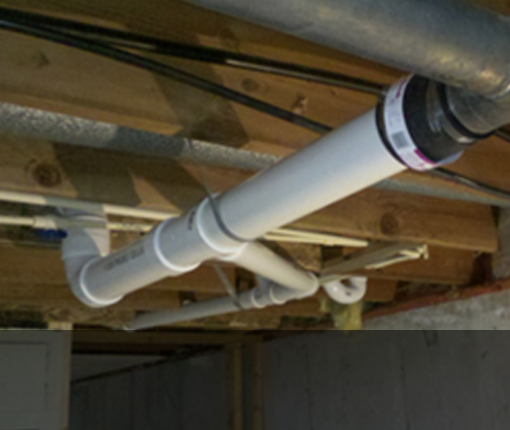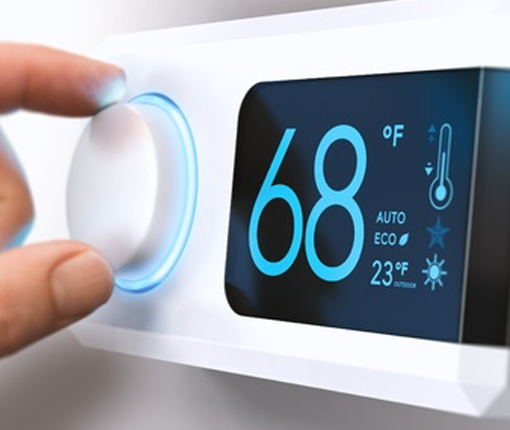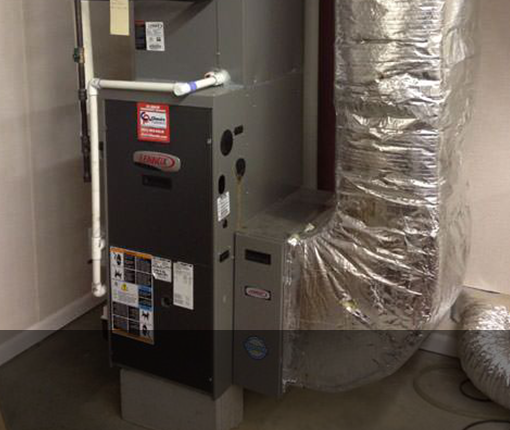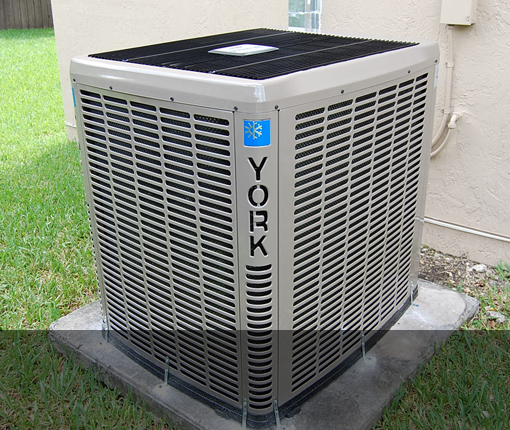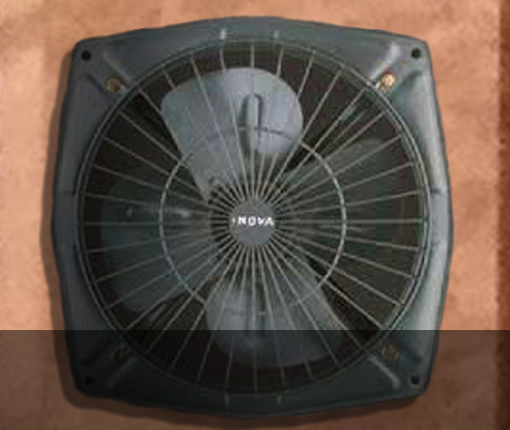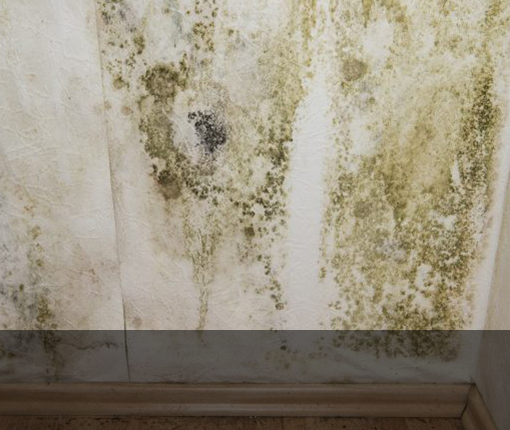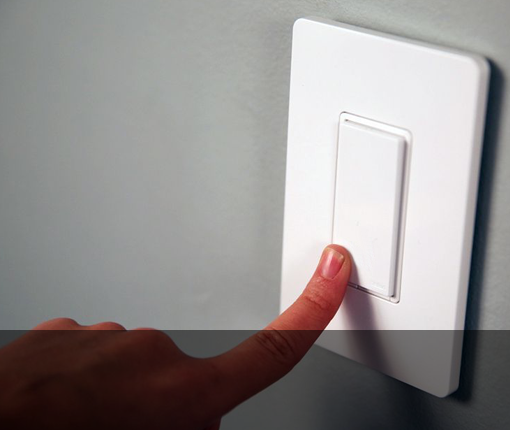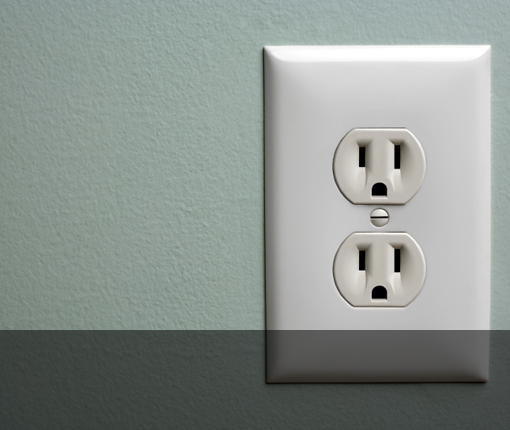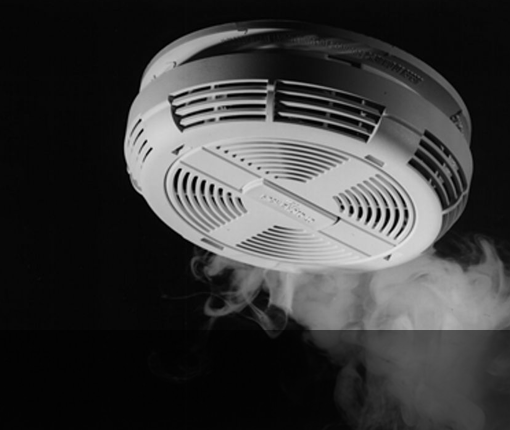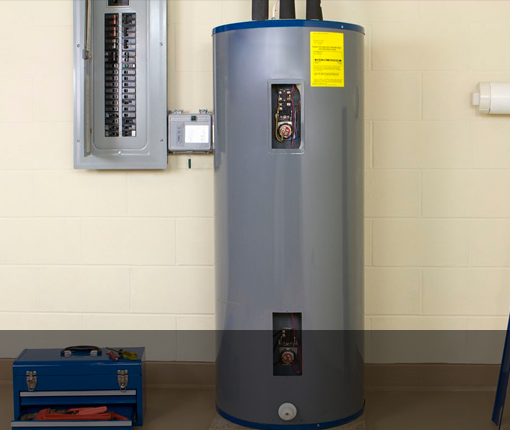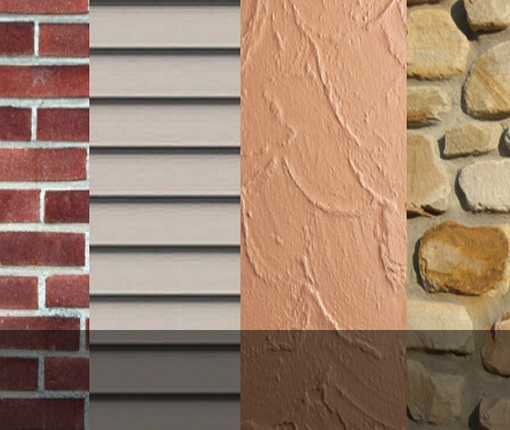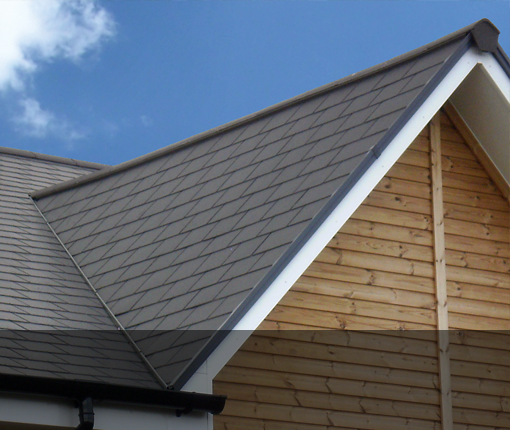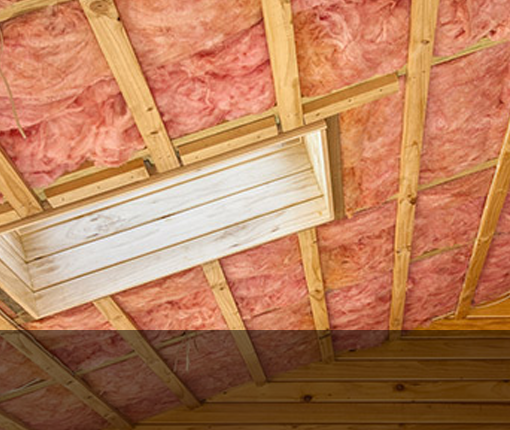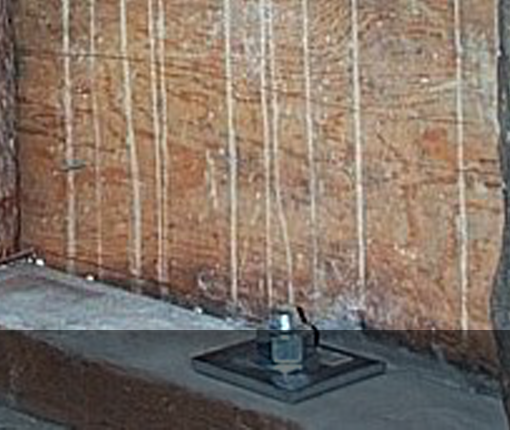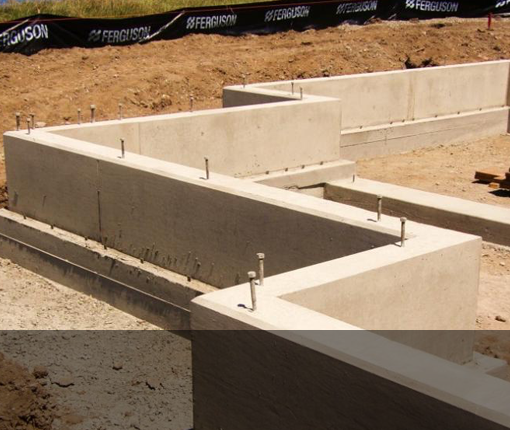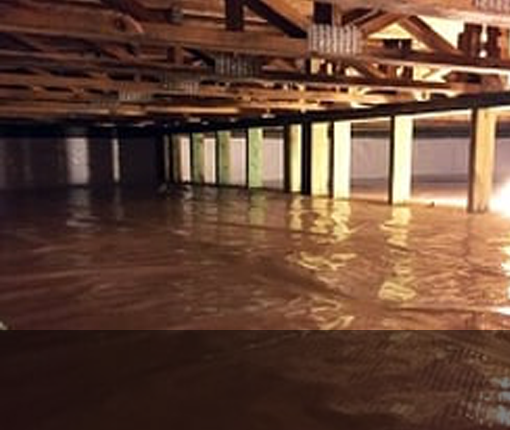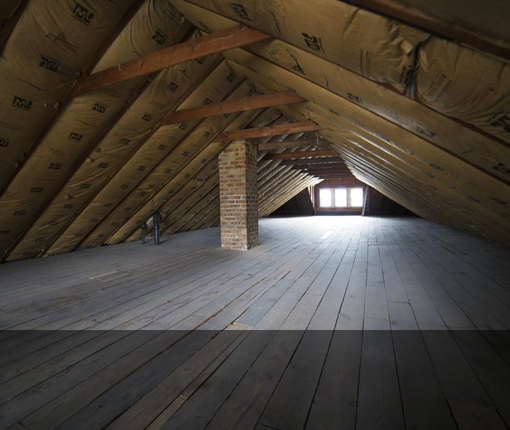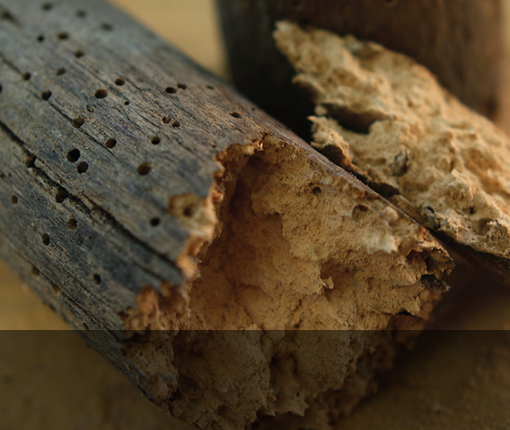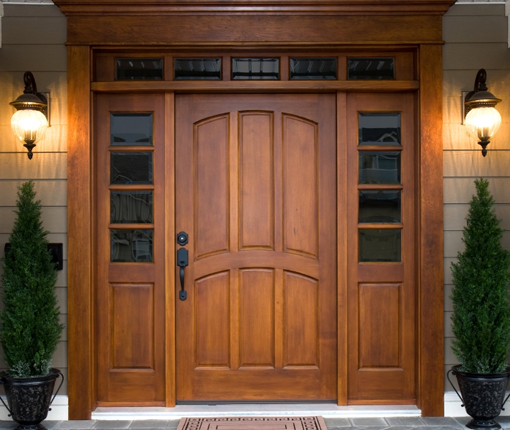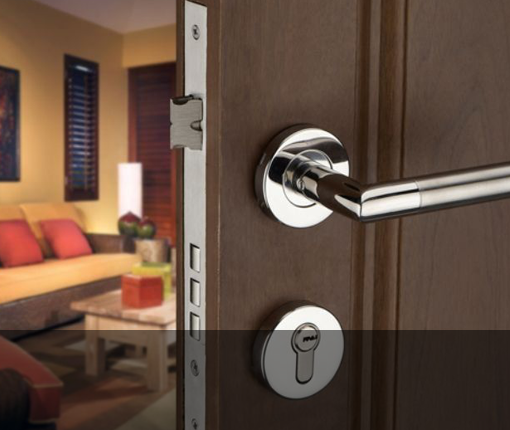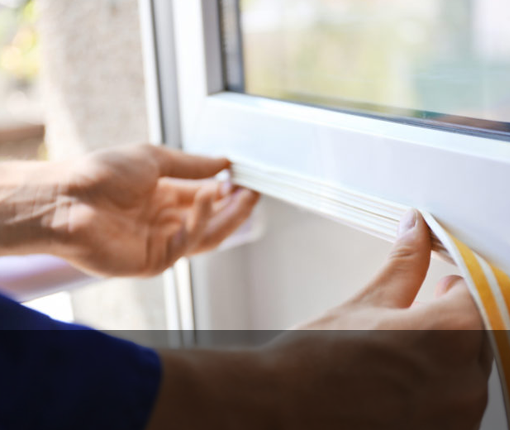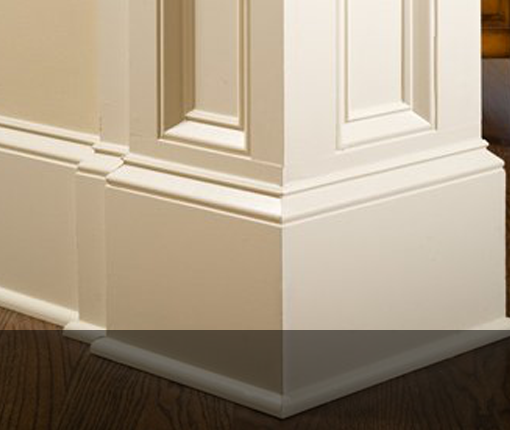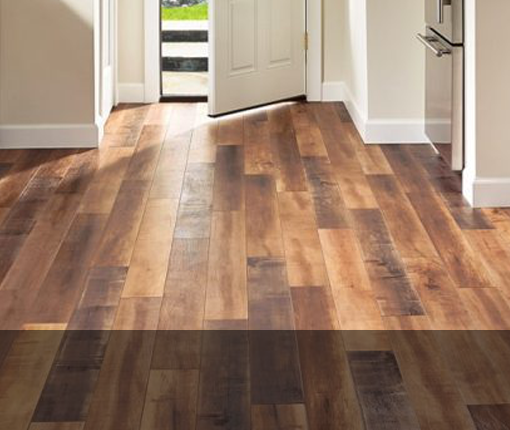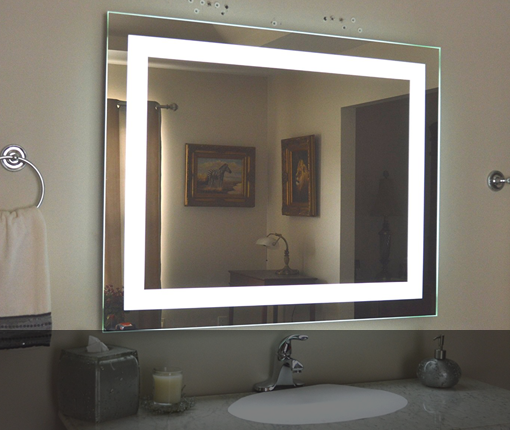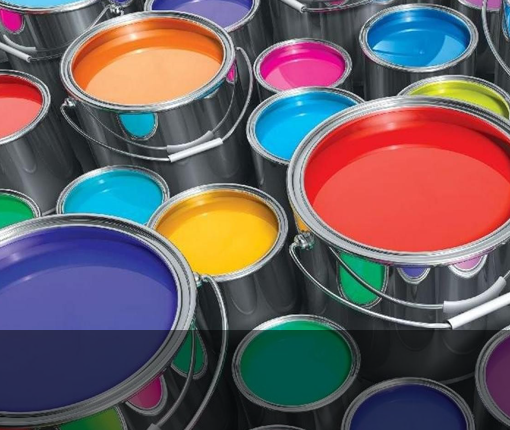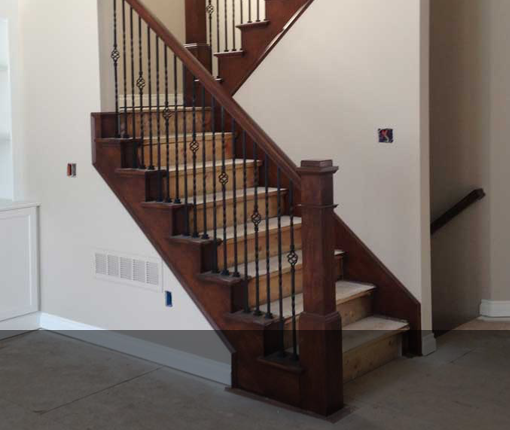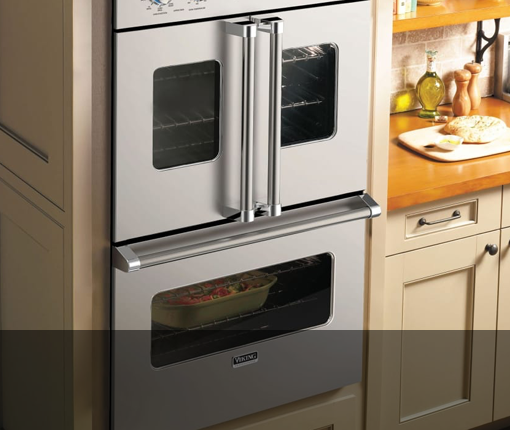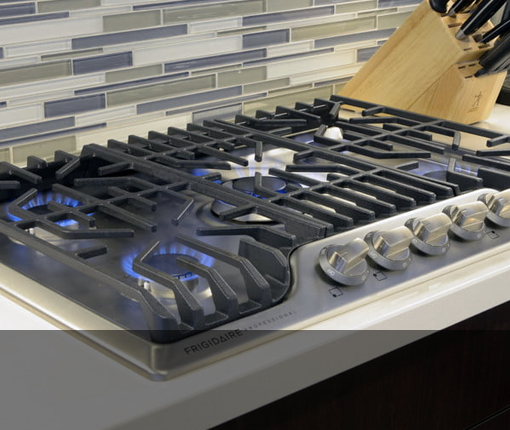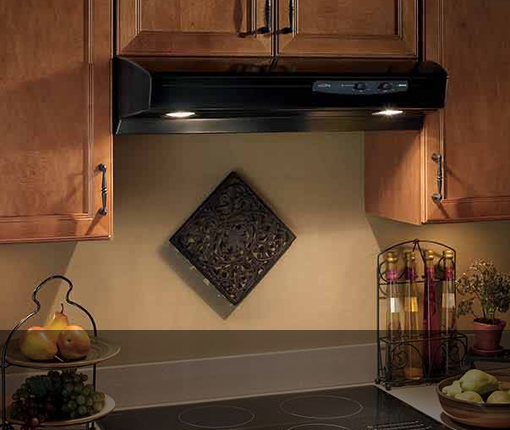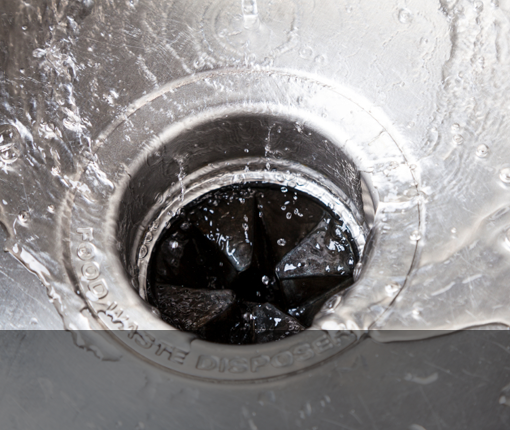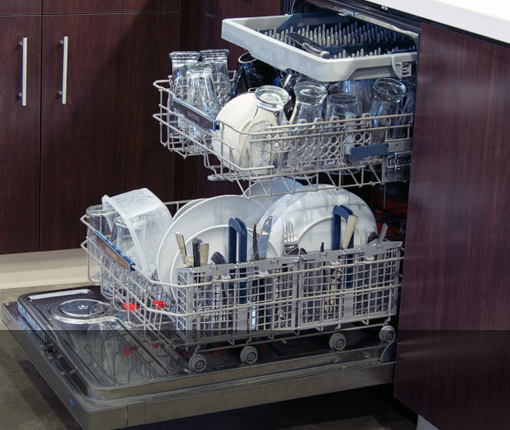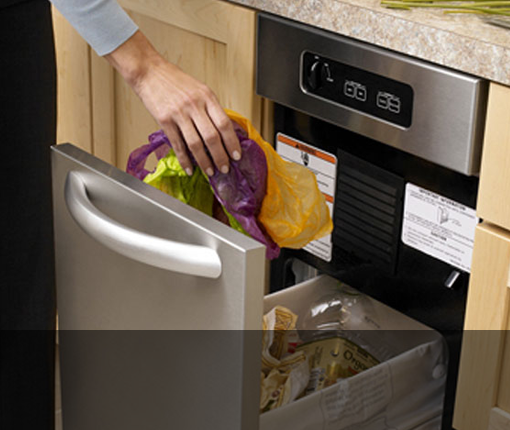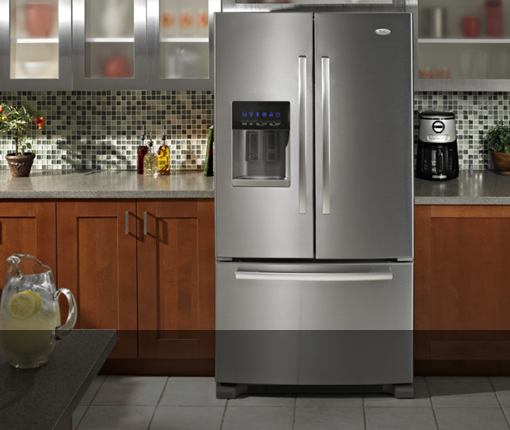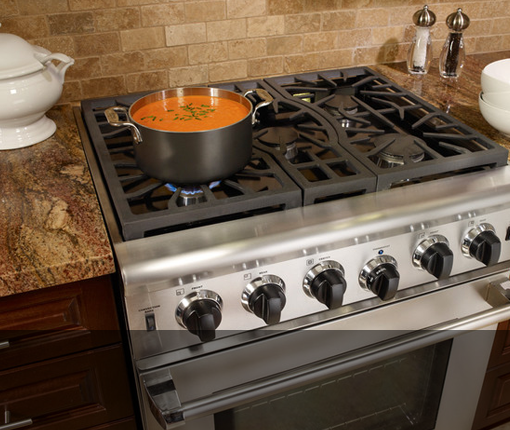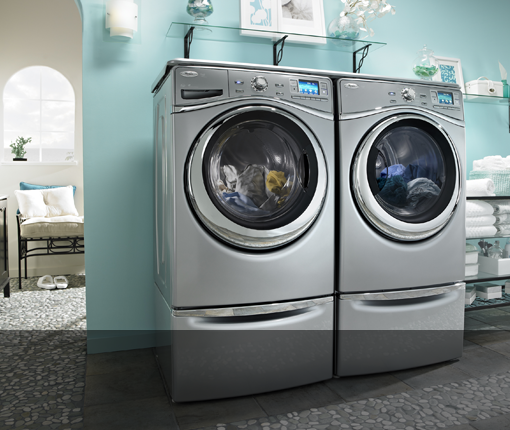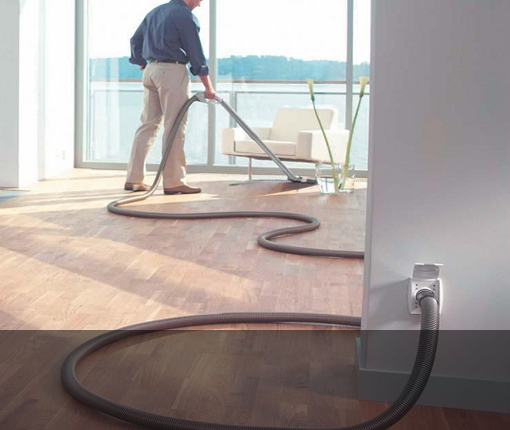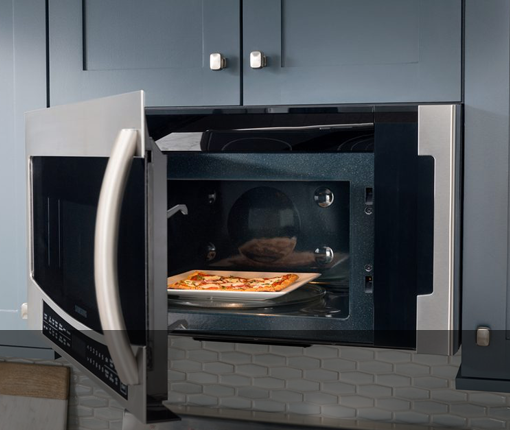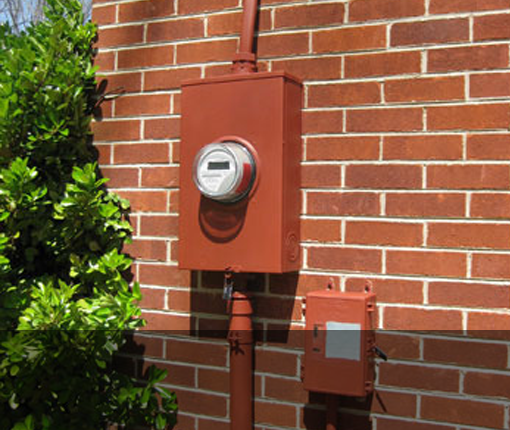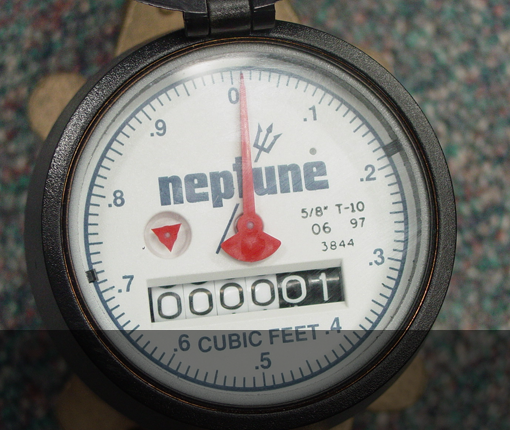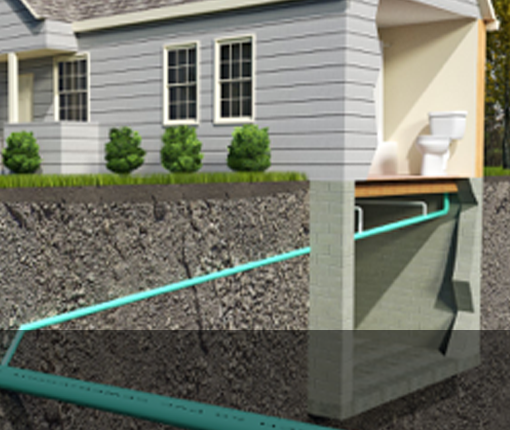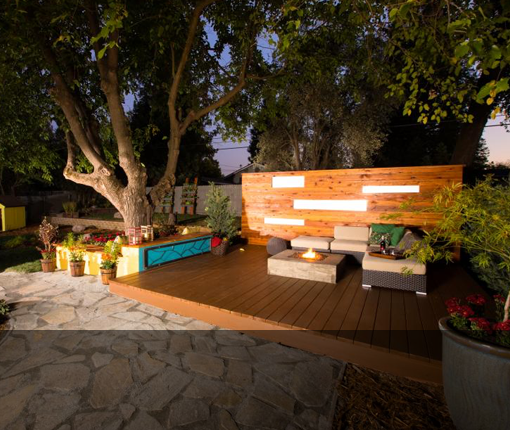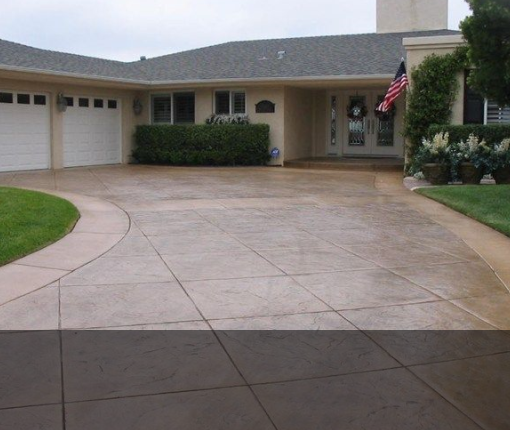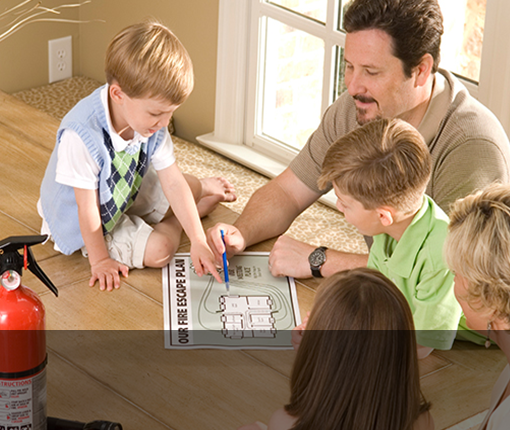Mirrors/Shower doors/Glass
Glass and mirrors are common features for shower doors, bathrooms and partitions. The use of glass in the modern home has an interesting story. And it took quite a while to evolve. Today glass shower doors offer a number of great advantages. Like affordability, elegance and ease of maintenance.
Standard window glass is fragile, easily broken into shards and is quite dangerous. Unacceptable traits for bathroom applications. A scientist from France invented safety glass in 1903. He found that manufacturers could prevent shattering by using a combination of cellulose nitrate sandwiched between glass panels. This invention greatly improved the safety of products ranging from cookware to motor vehicles.
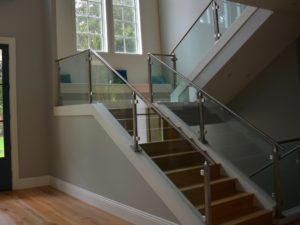
During the years between 1900 and 1910, scientists succeeded in developing additional glass formulas. A chemist in Austria created and patented a material known as tempered glass. A number of years would pass before anyone used this material to build a shower enclosure. A firm in Ohio was the first company to produce shower stalls with transparent doors and walls. Glass embedded with wire mesh prevented shattering. In 1963, makers began using much stronger and safer tempered glass to make these enclosures. Unlike today’s products, all of the early enclosures and entrances had frames. Both swinging and sliding doors soon became available.
Initially, people were attracted to their practical benefits. They prevented slippery floors and simplified maintenance. A transparent surface allowed plenty of light to enter the bathing area. However, homeowners eventually started to favor glass because they wanted more attractive and luxurious bathrooms. The next major trend reflected this desire.
Frameless
In 1970, frameless shower doors and enclosures appeared on the market for the first time. The removal of metal and rubber frames made them much more visually appealing. Frameless designs also expedite cleaning because the smooth surface doesn’t provide areas where dirt and mold can accumulate. Frameless doors have been available for more than four decades and have gained great popularity among homeowners during the last decade.
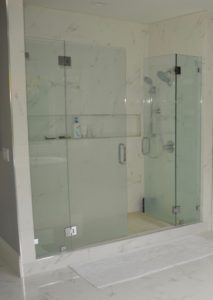
Thick clear glass panels like those used for large shower enclosures are not as “clear” as the name implies. Normal “clear” glass actually has a greenish tint. This coloration is not very obvious when looking through the panels but is readily visible from the edge. The coloring is caused by iron in the silicas used to make the glass hard. Low-iron, (HD or “Starfire”) glass is made with special silicas with reduced levels of iron. This produces a much clearer, almost tint-free panel with only minor affect on the hardness of the glass.
To-Do
- Avoid acidic cleaners and splashing water under the mirror; either can cause the silvering to deteriorate.
- Avoid getting glass cleaners on plumbing fixtures as some formulas can deteriorate the finish.
Maintenance
- 1x per use: Clean water spots off of mirrors, shower door trim and shower glass as it will leave calcium water spots if left to dry on its own.
- 1x per week: To clean your mirrors and shower glass, use any reliable liquid glass cleaner or polisher available at most stores.
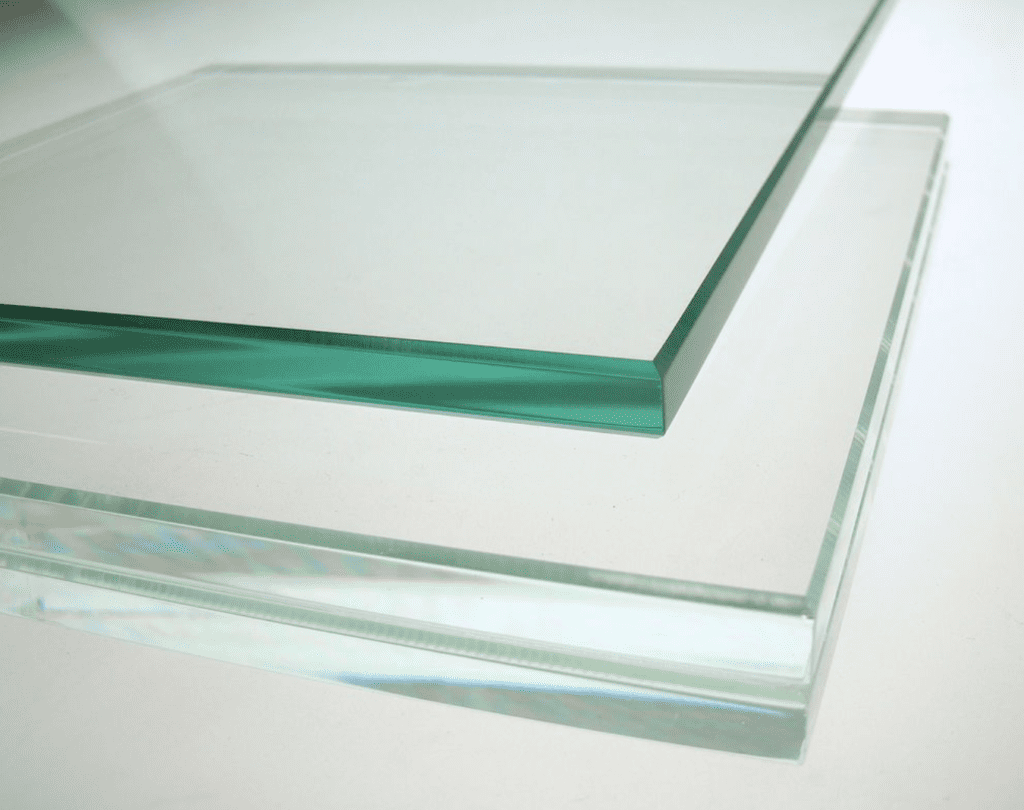
Cleaning Glass
Nothing looks nicer and fresher from both outside and inside than sparkling clean windows on your home. Keep a squeegee in your shower to quickly remove any water from the glass before it has time to dry and spot. Keep your windows, doors and any attached screens looking their best with regular interior and exterior cleaning. I do not recommend your glass be cleaned when it is exposed to direct hot sunlight. When cleaning use water with low dissolved solids or even non-ionized water as some professional window washing company’s do. Hard water can ruin your windows so especially do not allow sprinklers to spray on your glass. Never attempt to clean stucco, cement, concrete, sand or anything gritty from your glass using a scraper or razor blade.
Do not use razor blades or knives on any coated glass such as Low E II. However, if paint or other construction residue cannot be removed from any non-coated glass surface with normal cleaning, a new 1″ razor blade may need to be used on small areas only! Scrape only in one direction if needed. Never scrape in a back and forth motion, this will only trap debris under the blade and permanently scratch the glass.
Removing Labels from New Glass
New windows and doors will usually bear a label. Remove labels and adhesive residue from glass as soon as possible after installation. A lot of contractors leave the labels on so that the glass is easily visible to busy workmen. Unfortunately, if left on too long these labels can become extremely difficult to remove. I recommend that the builder remove the labels right away and replace it with an even easier to see and easier to remove painters “soft release” tape. In the event that a label does not release from the glass easily, use the methods described by the manufacturers below to remove it.
- Soak the label thoroughly with isopropyl alcohol (rubbing alcohol). Then remove the label with gentle motion until completely gone.
- Carefully dab the label thoroughly with acetone (nail polish remover) until it is absorbed into the label, then peel the label off after a minute or two. Don’t allow the acetone to run down the window.
- Do not remove labels during times when exposed to direct sunlight.
- Be very careful to not allow the alcohol or acetone cleaning agents to come in contact with weatherstrip or finishes, as damage may result.
How-To Clean
- Start cleaning glass at the top of the building and continue to lower levels.
- Soak the glass surface with a clean water and soap solution to loosen dirt and debris.
- Use a mild, non-abrasive window washing solution and apply with a non-abrasive applicator.
- Immediately after washing the glass, remove all of the cleaning solution with a squeegee, taking care not to allow any metal surface of the cleaning equipment to touch the glass surface.
- Dry all cleaning solution from window gaskets, sealants and frames. Also, avoid trapping particles between the glass and the cleaning material. Window and door gasket, sealants and frames are susceptible to deterioration if the water and cleaning solutions are not dried away immediately after cleaning.
WARNING: Do not use scrapers for cleaning glass. Glass scratched by a scraper is not covered under the Window and Door warranty.
The Do’s and Don’ts of Glass Cleaning
Do’s of Cleaning
- Clean glass when dirt and residue appear.
- Determine if coated glass surfaces are exposed.
- Exercise special care when cleaning coated glass surfaces.
- Avoid cleaning tinted and coated glass surfaces in direct sunlight.
- Start cleaning at the top of the building and continue to lower levels.
- Soak the glass surface with a clean water and soap solution to loosen dirt and debris.
- Use a mild, non-abrasive commercial window cleaning solution.
- Dry all cleaning solution from window gaskets, sealants and frames.
- Clean one small window and check to see if procedures have caused any damage before continuing.
Don’ts of Cleaning
- Clean glass when dirt and residue appear.
- Determine if coated glass surfaces are exposed.
- Exercise special care when cleaning coated glass surfaces.
- Avoid cleaning tinted and coated glass surfaces in direct sunlight.
- Start cleaning at the top of the building and continue to lower levels.
- Soak the glass surface with a clean water and soap solution to loosen dirt and debris.
- Use a mild, non-abrasive commercial window cleaning solution.
- Dry all cleaning solution from window gaskets, sealants and frames.
- Clean one small window and check to see if procedures have caused any damage before continuing.

